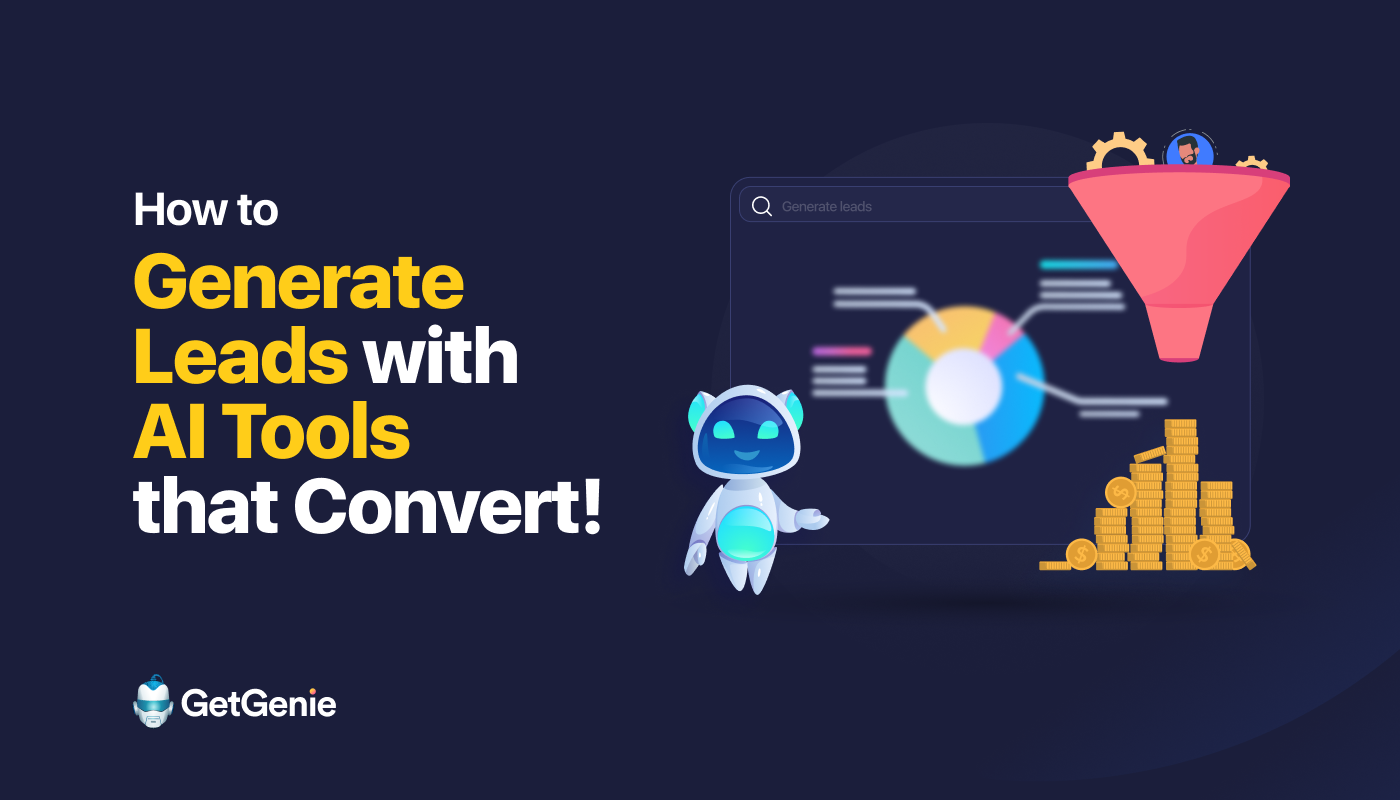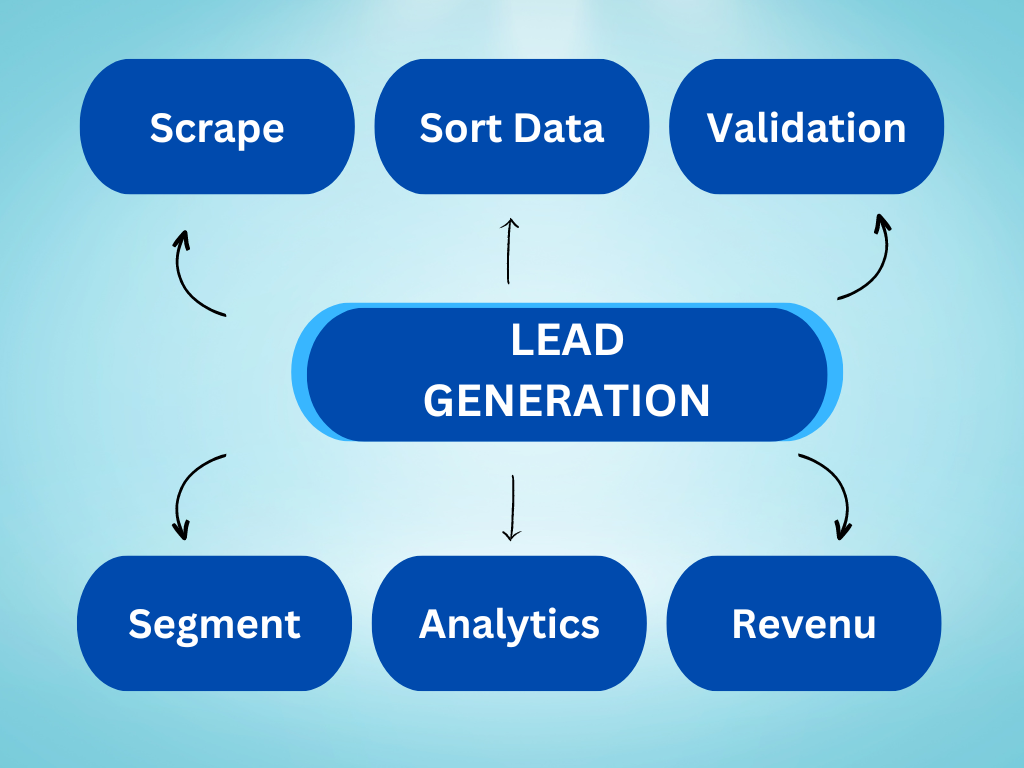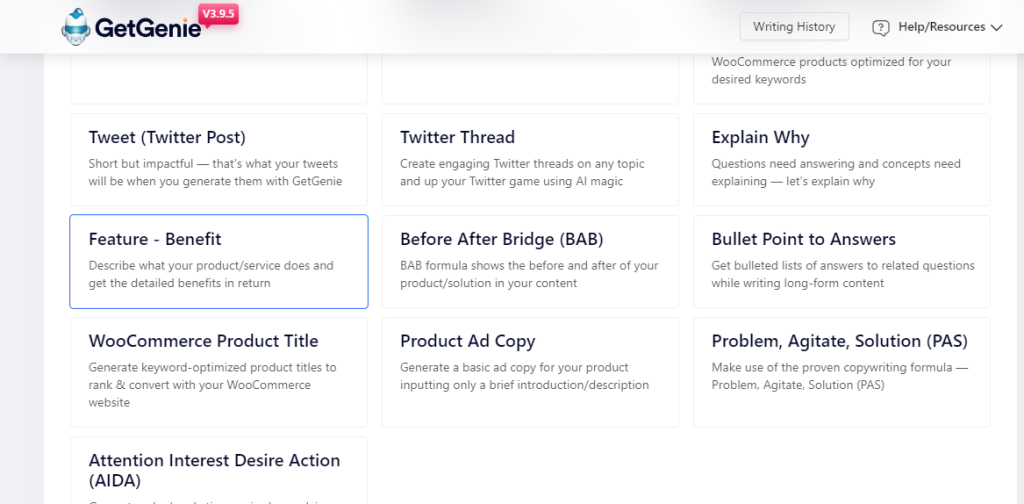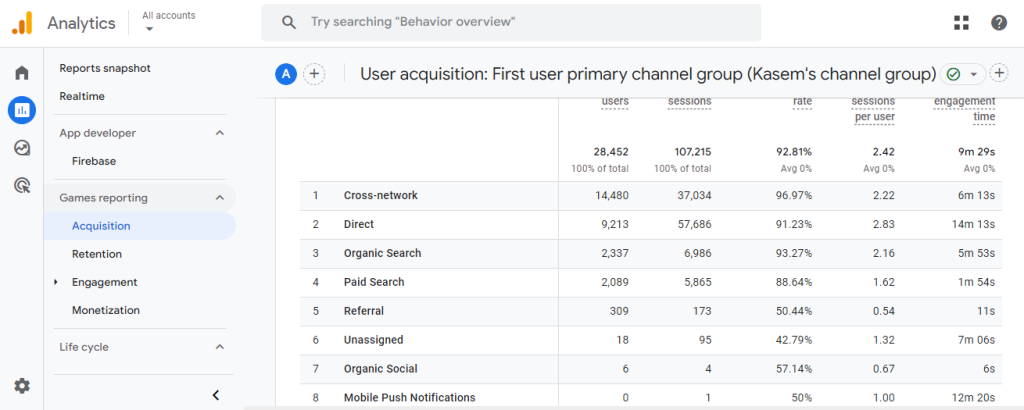How to Generate Leads with AI Tools that Convert

Collecting leads with AI tools can significantly boost your sales with minimal effort. The key is to implement the right AI tool for the right task.
However, it’s not a one-click solution.
First, you need to set up the environment and then automate the lead generation steps.
I’ve outlined the entire process in a few simple steps later. Follow them to start generating leads effortlessly.
Why should you try to collect leads?
Collecting leads is crucial for business growth and sustainability. Leads represent potential customers who have expressed interest in your product or service, making them more likely to convert into paying customers.
By gathering leads, you can create a database of prospects to nurture through targeted marketing efforts, fostering relationships and building trust. This process increases the chances of converting leads into loyal customers.
Additionally, lead collection allows for better market understanding, helping you refine your strategies and offerings. It also enhances your ability to track and measure the effectiveness of your marketing campaigns, ensuring higher ROI.
Collecting leads is a vital step in expanding your customer base and driving revenue growth.
Understanding the lead generation process
The lead generation process involves attracting and converting potential customers into leads, who have shown interest in your product or service.
It starts with identifying your target audience and creating content tailored to their needs.

By using various channels such as social media, email marketing, and SEO, you capture the attention of potential leads. Once engaged, AI tools can analyze their behavior, segment them based on interests, and personalize interactions.
Effective lead generation involves nurturing these leads through continuous engagement and providing value, ultimately guiding them towards making a purchase decision.
By understanding this process, businesses can implement strategies that improve lead quality and conversion rates, ensuring sustainable growth.
Generate leads with AI tool — a step-by-step guide
Collect leads effectively with the following steps.
Scraping information to collect leads
If you can’t afford paid ads, scraping user information can be an effective alternative for collecting leads.
Web scraping involves gathering large amounts of publicly available data. This helps you analyze various types of information to identify potential leads.
AI Lead collection tools automate the scraping process, eliminating manual effort.
Instead of collecting random data, these tools can target qualified leads. Some tools function as browser extensions, while others operate on dedicated platforms to scrape data from links.
Some popular AI tools for data scraping are Bardeen AI, Instant scrapper, Parsehub.
After scraping the data, gather all the information together so that you can sort it out based on your requirements.
Write engaging copies with AI
Lead generation often involves creating landing pages where users can submit their information in exchange for valuable resources. Driving traffic to these pages requires engaging content.
For example, if you’re writing copy for paid ads, it needs to be highly captivating. The right tone in your web copy can significantly boost lead generation rates. A top AI tool for crafting engaging web copy is GetGenie AI.

This tool offers pre-made templates that simplify the task and allows for custom prompts to generate unique, high-performing content.
Create customized buyer persona
Collecting random leads won’t help you to grow your business. Instead, you need to collect the leads based on buyer persona.
Use UXPressia to create a custom buyer persona for paid advertising.

This tool offers multiple filtration fields. When you are creating a new buyer persona, you can put the filters like region, industry, niche, and other details.
Lead segmentation for better response
The ultimate goal of collecting leads is to send lucrative offers and generate revenue. However, sending the same email to all leads won’t yield great results.
You need to segment leads based on parameters like age, region, and purchase behavior. Among various AI tools available, Google Analytics is highly recommended.

With the largest user database, Google provides the most accurate data.
Use Google Analytics to check traffic and user acquisition data for lead segmentation. You can filter information based on numerous parameters, including age, country, city, and average engagement time.
For an alternative third-party tool, HubSpot CRM is an excellent choice for lead segmentation.
Wrap up
In conclusion, leveraging AI tools for lead generation can significantly enhance your ability to attract and convert potential customers.
By understanding the lead generation process and the importance of collecting leads, you can implement more effective strategies. These tools enable personalized interactions and efficient lead management, ultimately driving growth and increasing revenue.

